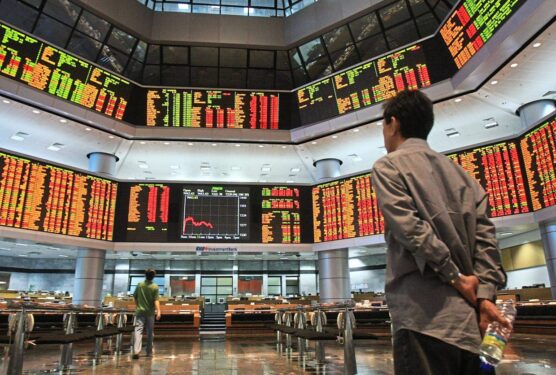AS regional countries like Singapore, Thailand and Indonesia have forged ahead to grow their respective electric vehicle (EV) road maps and investment incentives, Malaysia has begun its baby step in this direction.
According to MIDF Research, a draft document entitled Low Carbon Mobility Blueprint 2021-2030 – which outlines the country’s electrification agenda – has been prepared by the Ministry of Environment and Water and is now subject to final cabinet approval.
Key proposals of the blueprint include a shift to carbon emission-based vehicle taxation systems, introduction of a fuel levy, import and excise duty exemptions for battery electric vehicle (BEVs) and plug-in hybrid electric vehicle (PHEVs), a national target of 7000 AC & 500 DC charging stations, and up to 50% BEV penetration in government and government-linked companies (GLCs) fleet by 2026-2030.
“Though it is still subject to cabinet approval and there is no certainty that all proposals will be implemented, the blueprint which focuses on decarbonising the road transport sector is a broad positive,” opined MIDF Research analyst Hafriz Hezry in an automotive sector update.
“It could drive larger participation in the EV space by foreign OEMs (original equipment manufacturers), local distributors and local manufacturers given Malaysia has been falling behind regional peers.”
Moving forward, the research house is leaving its 2021F total industry volume (TIV) of 550,000 units (+4% year-on-year [yoy]) unchanged as it is conservative relative to the Malaysian Automotive Association’s (MAA) +8% yoy and consensus’ 9-13% yoy range.
“Our top sector picks are UMW Holdings Bhd (“buy”; target price: RM4.30), MBM Resources Bhd (“buy”; target price: RM4.20) and Bermaz Auto Bhd (“buy”; target price: RM1.70),” added MIDF Research which maintained its “positive” outlook on the sector.
Very broadly, the blueprint essentially entails four focus areas, 10 strategies and 45 action plans surrounding (i) vehicle fuel economy and emission improvement; (ii) EV and low emission vehicle adoption; (iii) alternative fuel adoption; and (iv) greenhouse gas (GHG) emission and energy reduction via mode shifts.
Within the fuel economy and emission space, key proposals include a shift in vehicle taxation system (road tax/excise duty) based on vehicle carbon emission (currently based on engine capacity), compulsory vehicle performance evaluation, end-of-life vehicle scrapping incentive (for specific cases where replacement is for low emission vehicles) and introduction of a fuel levy (of RM0.01/litre) on all diesel and petrol purchases. – April 20, 2021
Photo credit: iStock/PlargueDoctor










